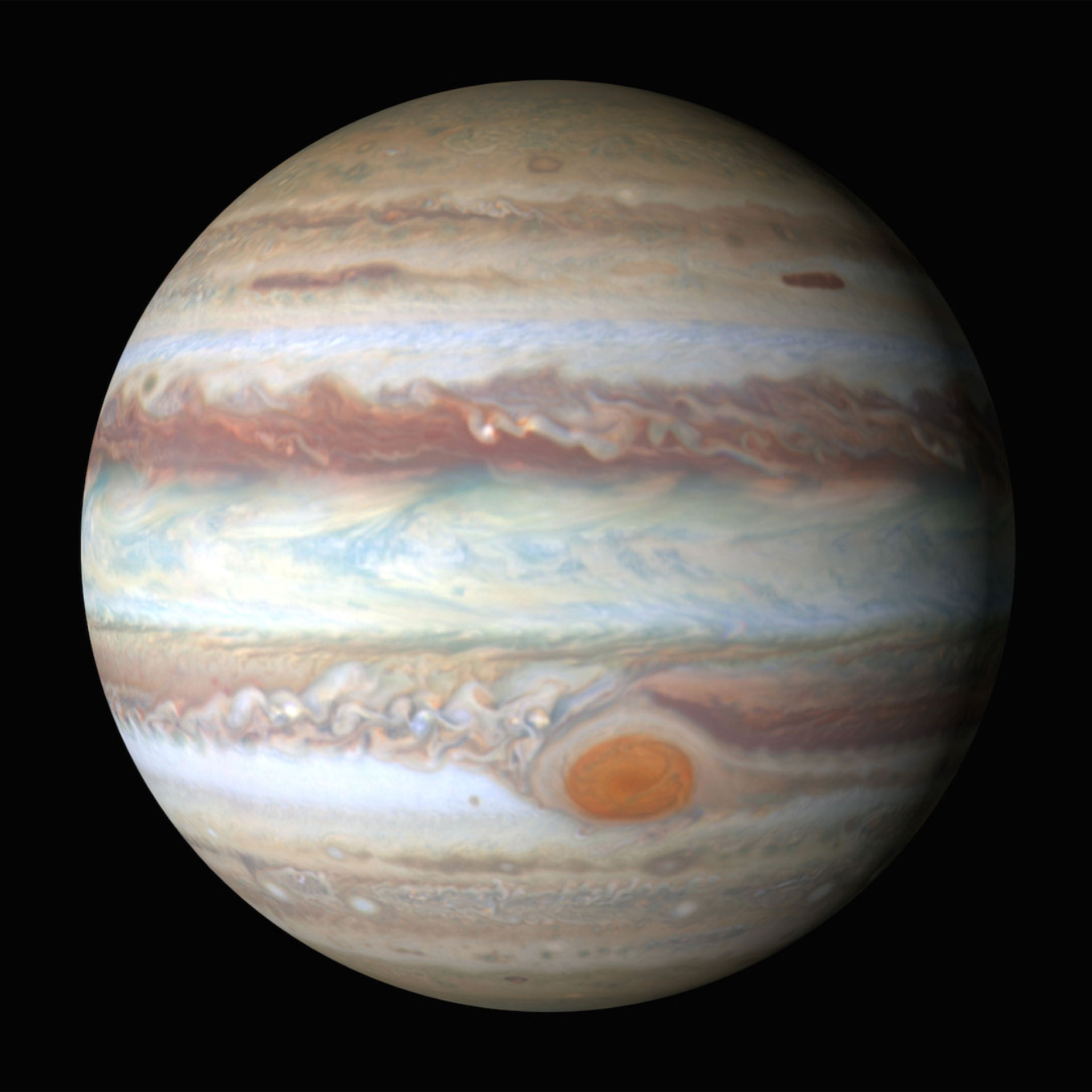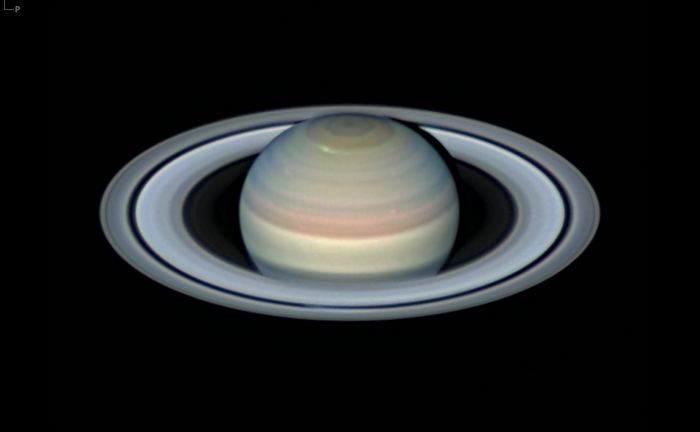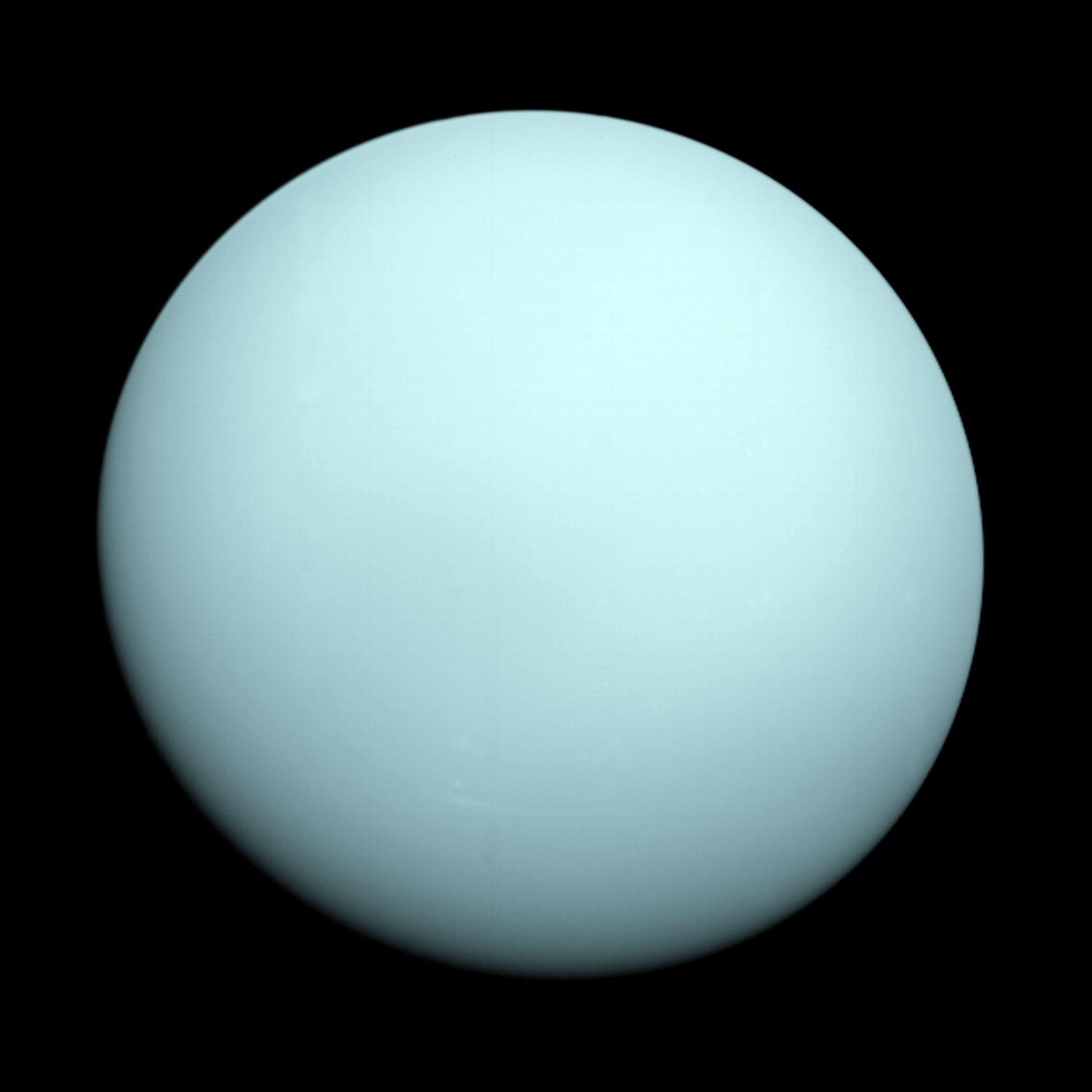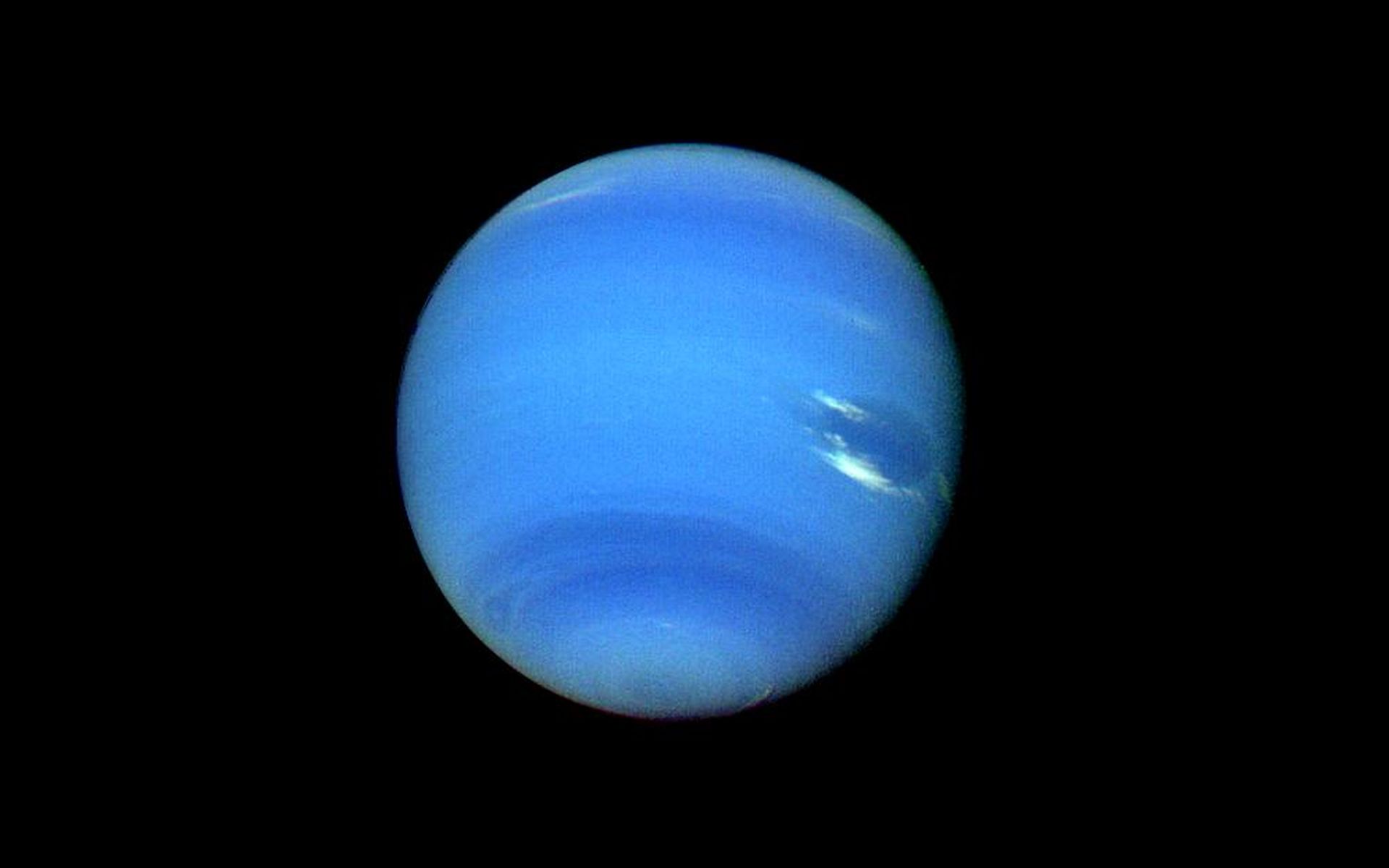Summer of Gas Giants
The evening twilight sky is where you will spot with the unaided eye the two largest planets in our solar system – Jupiter and Saturn – which are currently very well placed. Our solar system’s largest planets are the four “gas giants” which also includes Uranus and Neptune.
Granted, the two largest were at their closest to the earth earlier in the season, when they reached “opposition.” That is, when they were in the opposite direction from us as the sun. Jupiter reached opposition in June and Saturn followed one month later.

However, observing at opposition required looking out at around the time of local midnight which, with Daylight Time, occurs about 1 a.m. However, now both planets can be seen early in the southern sky, during deepening twilight at around 8 pm. Jupiter is the brightest “star” in the sky when facing due south, and Saturn, also bright but considerably fainter, to its left. They are at almost equal altitude or elevation above the horizon. By 8:30 pm they share the same altitude — +26 degrees, or about the same angular distance as between the tips of the spread thumb and pinky on your outstretched arm.
Although well past opposition, both planets are still relatively close to us and so appear large in a telescope. With binoculars or a telescope, you will follow in Galileo’s footsteps by spotting up to four of its brightest moons. Their names are Callisto, Europa, Ganymede and Io. The reddish-brown North Equatorial Belt (NEB) is the most prominent feature on Jupiter’s surface. Look for up to four bright star-like objects lined up close to Jupiter. They will appear on either side of the planet, according to their orbits.
Larger amateur telescopes plus increased magnification reveals other features, including additional ruddy belts and cream-colored “zones.” Finder charts for these features can be found on the Web.
One prominent Jovian feature is the Great Red Spot (GRS), a circular storm circling the planet and embedded in the South Equatorial Belt (SEB). Years ago the GRS was seen fading from red to a salmon pink. To my eye it appears to be more prominent once again as its color deepens, and is more orange than the NEB. What do you see?
Whereas Jupiter is currently about 471 million miles from the earth, Saturn is much further out at 877 million miles, and hence the apparent angular diameter of the planet’s ball is less than half that of Jupiter. However, Saturn’s rings make up for it and their apparent diameter is larger than Jupiter.

Like Jupiter, Saturn also sports belts and zones but they are more subtle and difficult to observe. The rings are currently wide open, having reached their maximum northward tilt in 2017. This tilt is decreasing and by 2025 the rings will be seen edge-on. Then in 2032 they will reach maximum southward tilt.
Saturn’s brightest moon Titan will be visible as a “star” never straying too far from Saturn. Titan is the second largest moon in the solar system after Jupiter’s Ganymede.

This month and next offer opportunities to view the two other gas giants at opposition. Neptune reaches opposition on the 10th and Uranus does next month on the 28th.

Neptune is too faint to be seen with the unassisted eye, and thus locating Neptune requires optical aid such as binoculars and an accurate star map. For that, the web is a good source. With larger amateur telescopes Triton’s brightest moon Triton can be seen nearby the planet, appearing as a faint star.
Currently in Aquarius, Neptune is best observed after midnight. In the coming months it will be visible earlier in the evening. Neptune’s apparent diameter is quite small, and only about one sixteenth that of Jupiter!
A great place to view objects such as these through a telescope is at the Blaine F. Roelke Memorial Observatory at Bear Branch Nature Center at 300 John Owings Road. On Saturday, A program in the nature center’s planetarium is scheduled at 7:30 p.m. on September 14 at 7:30 p.m. followed by public viewing at the observatory. Advanced reservations for the planetarium is required by calling 410-386-2103. The observatory viewing is free.
–Curt Roelle
